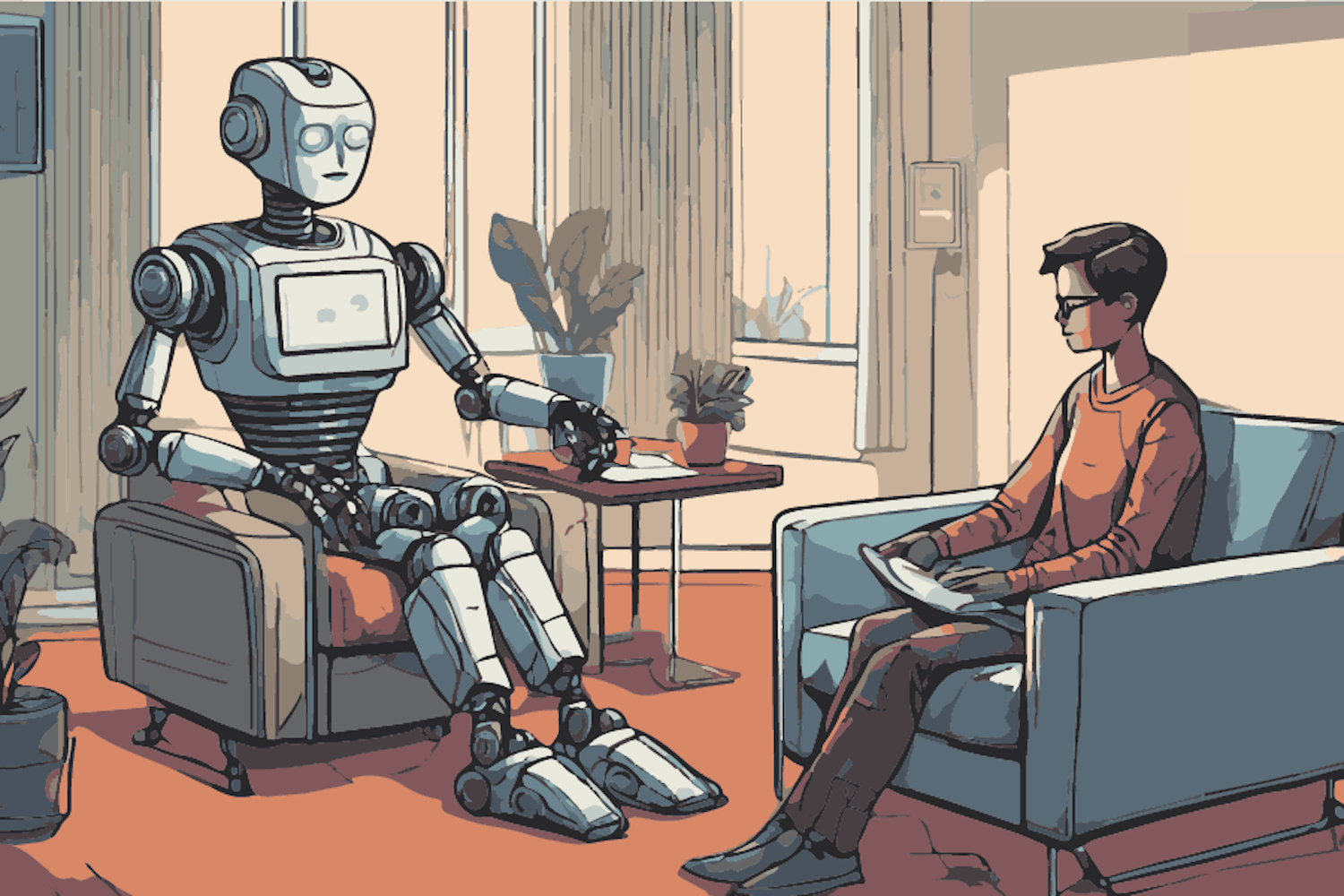Mass media portrays the scientist as rigid and dispassionate — completely opposed to the creative and passionate artist. This view of science as an inhumanly objective, separate from the more humanistic sides of life, is a tragic misunderstanding.
Scientists by and large have a deep love for the world. While artists strive to paint pictures of the human condition, scientists strive to do the same for the universe.
To understand what compels a person to lock themselves away into laboratories and observatories, look no further than the more relatable artist locked away in a studio to know the motivations of both.
Think of Darwin, who spent years crafting his theories on evolution before publishing them. And what about his ideas compelled him to spend decades across the globe to gather all the pieces?
His own words in the closing paragraph of “Origin of Species” shed light on his motivation: “There is grandeur in this view of life," and "endless forms most beautiful and most wonderful have been, and are being, evolved.”
I've heard artists describe themselves as vessels through which certain visions can be made visible to all. Scientists are then vessels through which the cosmos can be shared with everyone.
Scientists believe the universe has a story to tell and seek to learn this story and tell it to others. As we are parts of the universe, its story is our own. As the oft-quoted Carl Sagan described it, “We are a way for the cosmos to know itself.”
Thus the scientist must be at once an artist and historian. With great imagination and creativity, the scientist designs clever experiments and records observations to gain insight.
We are all intrinsically driven to prod the universe into spilling her secrets. That is why we ask questions like why the sun rises — questions whose answers are not necessary for our survival, but we seek to know nonetheless. Scientists simply make careers out of answering these questions.
The need to understand and have feelings about the world is perhaps the most distinctly human of needs. Scientists are not mindless machines who gather information with no emotion. Their hopes and ambitions drive them to ask how the universe began; their fears force them to ask if it may all end. The gamut of scientific pursuits is driven by very human factors.
Perhaps the most tragically forgotten trait of scientists is their passion.
It is a shame that all of this is often forgotten by those who portray science through media, and by those who simply see scientists at work and lack the patience to learn what drives them.
We can learn more from scientists than a handful of facts and figures. In scientists, as in artists, one can find the most amazingly human traits. We would lose important insight on the work of artists without understanding the person behind them. For the same reason, we should strive to understand the people through which we learn about our universe.
Reach the columnist at jacob.evans@asu.edu or follow him at @jacobevansSP
Want to join the conversation? Send an email to opiniondesk.statepress@gmail.com. Keep letters under 300 words and be sure to include your university affiliation. Anonymity will not be granted.



